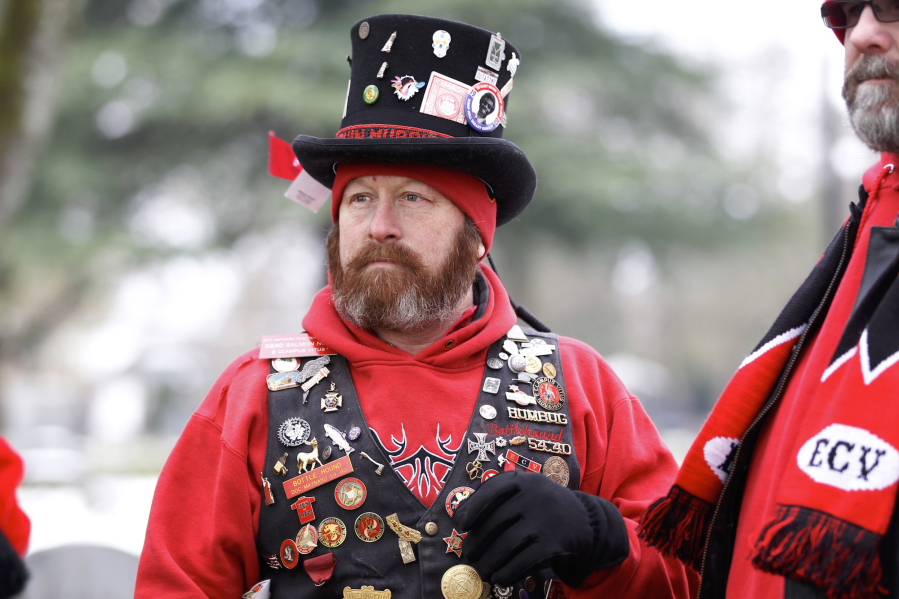Some heritage of the California Gold Rush came full circle a couple of weeks ago in a downtown Vancouver cemetery.
A group of history buffs cleaned up the Old City Cemetery and added holiday touches to graves. As local organizer Eric Klein explained, the volunteers are associated with the Ancient and Honorable Order of E Clampus Vitus.
The Clampers, as they call themselves, have a 170-year lineage rooted in America’s mining heritage. A major chapter of that history is the 1849 Gold Rush, sparked by the discovery of gold at Sutter’s Mill.
Vancouver’s role? John Sutter’s route from Missouri to California came through Fort Vancouver. That’s not exactly a straight path, and it got even more meandering when Sutter continued to California by way of Hawaii and Alaska.
The thread running through that rambling itinerary was the Hudson’s Bay Company. Back then, the British fur-trading enterprise “was probably the largest Euro-American colonial entity on the West Coast, from San Francisco to the Gulf of Alaska,” said Bob Cromwell, acting chief ranger at Fort Vancouver National Historic Site.
Dreaming of an agricultural empire in the West, Sutter joined a group of trappers headed for the Pacific Coast in April 1838. He reached Fort Vancouver in October. A Hudson’s Bay ship took him to Honolulu, and then he sailed to Alaska. He finally arrived at Yerba Buena (now San Francisco) in July 1839.
Sutter went through all the major Hudson’s Bay Company posts on the Pacific Coast, Cromwell said: “If not for that network, it would have been a more difficult journey.”
The journey ended during a transitional period in which other major players were the Hudson’s Bay Company, their fur-trading rivals in the Russian-American Company, and the region’s Spanish-speaking authorities, Cromwell said.
“All three were empire builders, and all had rival claims in what now is California.”
It created quite a cultural melting pot. Just as Hawaiians at Fort Vancouver established “kanaka village,” the Russian fur-traders had a native workforce toiling far from home. Cromwell said he has seen accounts of Aleuts from Alaska “in sealskin kayaks hunting sea otters in San Francisco Bay.”
Off Beat lets members of The Columbian news team step back from our newspaper beats to write the story behind the story, fill in the story or just tell a story.





